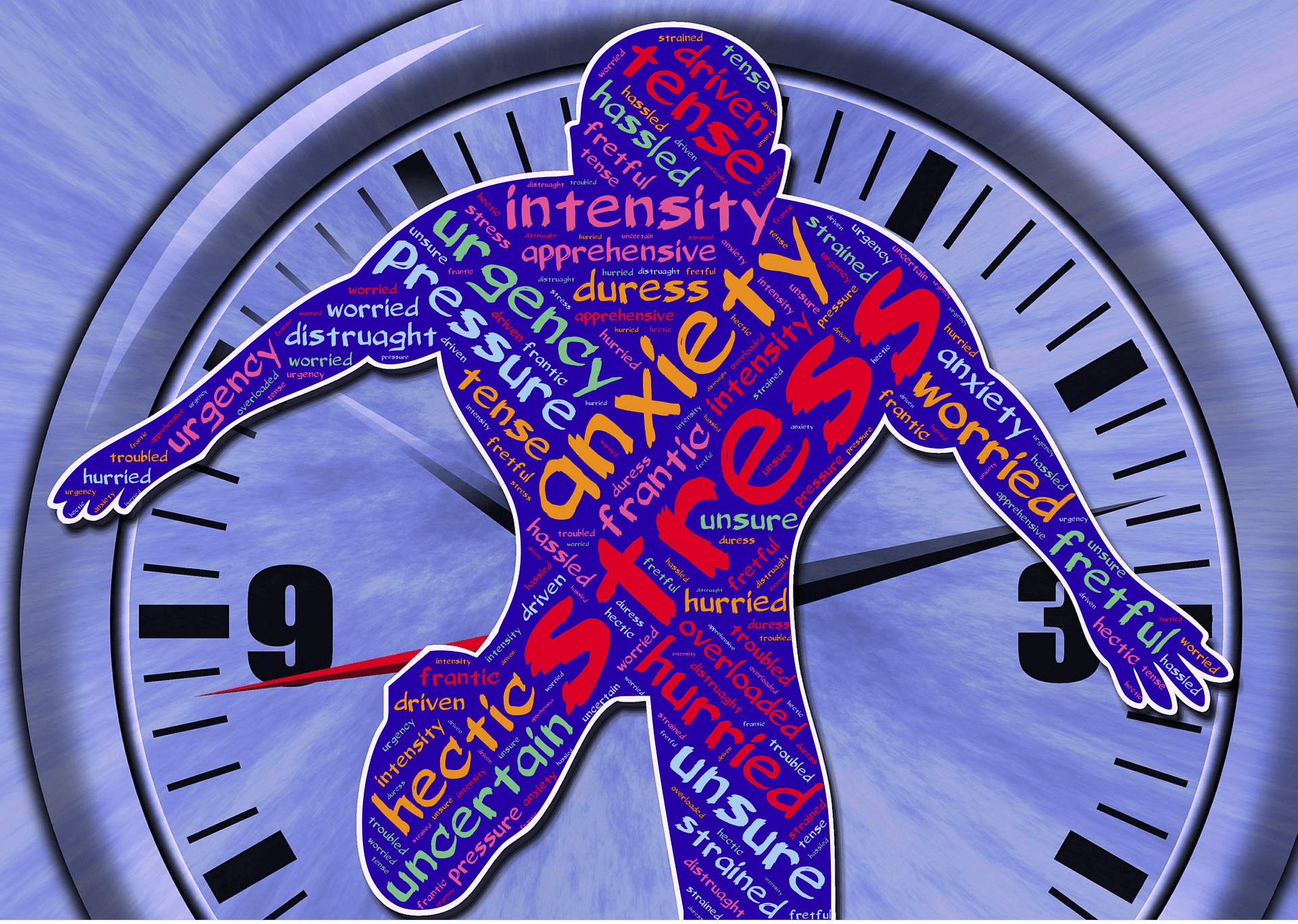 Mindfulness has become all the rage these days and with good reason. Mindfulness is an effective way of handling everyday stress, insomnia or for general relaxation. But for those who suffer anxiety and/or depression, mindfulness can be a powerful tool to help manage their affliction. Mindfulness can help the sufferers reduce their symptoms and allow them to live fuller lives.
Mindfulness has become all the rage these days and with good reason. Mindfulness is an effective way of handling everyday stress, insomnia or for general relaxation. But for those who suffer anxiety and/or depression, mindfulness can be a powerful tool to help manage their affliction. Mindfulness can help the sufferers reduce their symptoms and allow them to live fuller lives.
Before we get into what mindfulness is, let us discuss what mindfulness isn’t. When I first started practicing mindfulness, I thought the goal was to completely stop the thoughts that were constantly coursing through my brain. I believed I needed to empty my head. (Yes, I know, many of you think that I have been empty-headed for many years).
That is not how one practices mindfulness. Instead, mindfulness is nudging the brain to shift its focus from conscious thinking to simply being in the moment. It’s nearly impossible to stop the brain from problem solving, but with practice and patience, you can train it to quiet down and for a short while simply be.
One of the most common methods of mindfulness is to simply focus on breathing. That’s it. Simply breathe in and out slowly, and focus on your chest rising and falling. Whenever a thought intrudes, you become aware of it and let it drift away and return to your breathing. That is just one method, there are many others. Prayer, for example, can be a form of mindfulness.

An effective way to learn mindfulness is to download an a guided meditation app onto your phone or other electronics. There are many apps to choose from. I used to have an app called “Calm” on my Nook that guided me through the mindfulness process, but when the app owner jacked the price up 100% I deleted it. Admittedly, the price only went from $2.00 to $4.00, but that’s some serious inflation.
Since then I have used YouTube to find guided meditations. My favorites are produced by The Honest Guys. Good stuff. See here for an example: https://www.youtube.com/watch?v=6p_yaNFSYao
Usually when practicing mindfulness one sits or lays down in a comfortable position, closes one’s eyes and begins to focus on being in the moment. But you don’t have to be motionless when being mindful. Which brings us to the point of this post. We can use exercise, specifically bicycling in this case, as a form of mindfulness. It’s actually very easy to do. To start with, when you are bicycling you are already in a basic form of mindfulness. After all, you have be aware of your surroundings and the road in front of you to avoid falls or collisions. You are already in the moment.

Example of NOT being mindful.
From there, you just need to focus the rest of your attention on something that will quiet the voice inside you head. Perhaps notice your breathing and how it changes as the ride progresses; or the cadence of your legs as you pedal.
My technique is to focus on the passing landscape and observing the world around me. What plants are in bloom (right now it’s Apache Plume and asters), or the wind shaking the leaves of the trees.
While I’m riding I try to engage four of the five senses: the feel of my legs powering me up a hill or the warmth of the sun on my back; the sounds of my tires hissing on the asphalt or the songs of the birds, the smell of decomposing leaves from a nearby forest in autumn; seeing the wind tossing grass plumes to-and-fro in late summer.
I suppose I might include taste if I happen to swallow a bug or something.

Mindfulness is a skill. Like any other skill it requires practice and consistency to reap its benefits. Whether one is sitting on a cushion listening to calming music or bombing down a hill on a bicycle, the point is to fit mindfulness into our lives, and for a little while just live in the moment and let our worries take a break.
See you all out on the bike paths.

